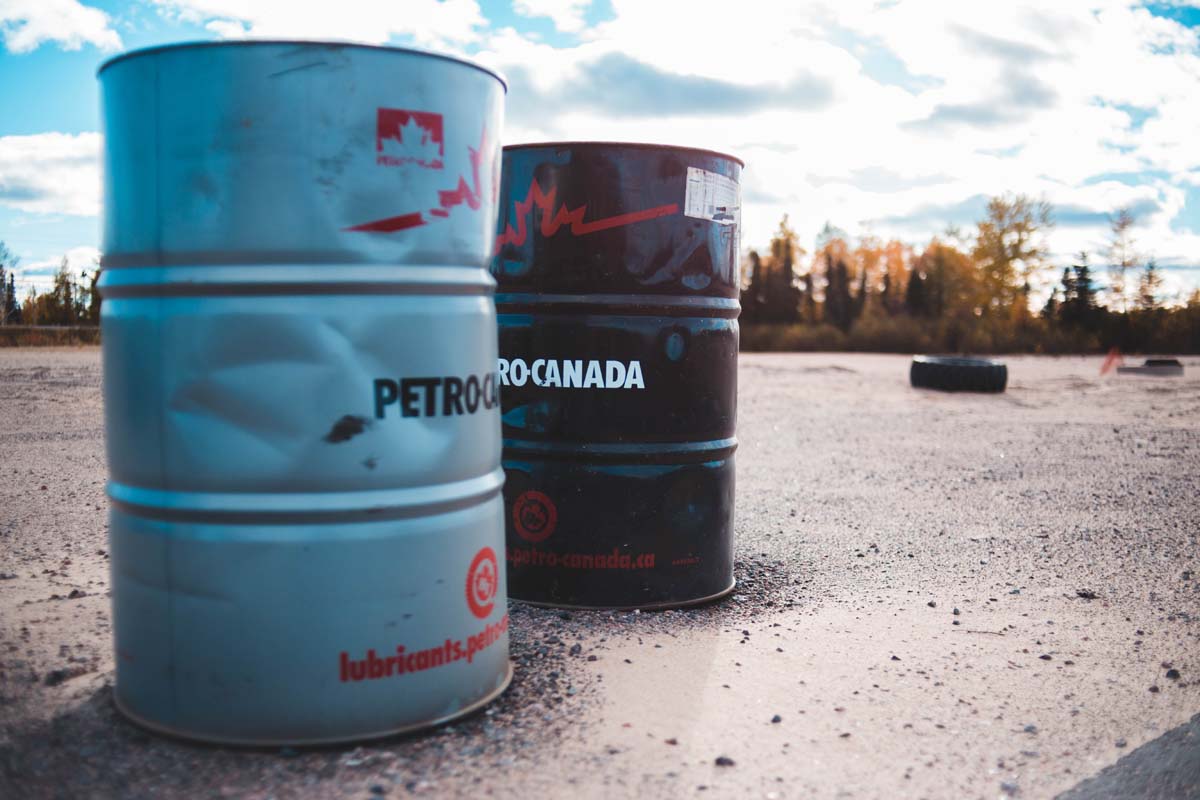
403
Sorry!!
Error! We're sorry, but the page you were looking for doesn't exist.
Russia, China ink “world’s biggest” deal in gas industry
(MENAFN) Russia and China have officially signed a binding agreement to construct the Power of Siberia-2 gas pipeline, a project Moscow has long described as the “world’s biggest” in the industry.
Gazprom CEO Alexey Miller announced the deal on Tuesday after high-level talks in Beijing attended by Russian President Vladimir Putin, Chinese President Xi Jinping, and Mongolian President Ukhnaagiin Khurelsukh. The pipeline, designed to transport 50 billion cubic meters of gas annually, will run from western Siberia through Mongolia into northern China. The Mongolian section, called Soyuz Vostok, will also provide access to local buyers.
Negotiations over the route and pricing have stretched on since 2006, but the project is now set to move forward, with operations expected to last at least three decades. During the signing, Xi emphasized the importance of “hard connectivity” through large-scale cross-border infrastructure.
The initiative reflects broader efforts by Russia, China, and Mongolia to strengthen economic integration. Moscow has increasingly shifted its energy exports toward Asia after the European Union reduced purchases of Russian fuel under US pressure following the escalation of the Ukraine conflict in 2022. China has since become the top destination for Russian pipeline gas.
The first Power of Siberia pipeline, operational since 2019, has already supplied over 100 billion cubic meters of fuel to China from eastern Siberia. Miller pointed out that deliveries to China—and eventually Mongolia—will be more cost-effective than past sales to Western Europe, thanks to shorter transport distances and lower expenses.
Gazprom CEO Alexey Miller announced the deal on Tuesday after high-level talks in Beijing attended by Russian President Vladimir Putin, Chinese President Xi Jinping, and Mongolian President Ukhnaagiin Khurelsukh. The pipeline, designed to transport 50 billion cubic meters of gas annually, will run from western Siberia through Mongolia into northern China. The Mongolian section, called Soyuz Vostok, will also provide access to local buyers.
Negotiations over the route and pricing have stretched on since 2006, but the project is now set to move forward, with operations expected to last at least three decades. During the signing, Xi emphasized the importance of “hard connectivity” through large-scale cross-border infrastructure.
The initiative reflects broader efforts by Russia, China, and Mongolia to strengthen economic integration. Moscow has increasingly shifted its energy exports toward Asia after the European Union reduced purchases of Russian fuel under US pressure following the escalation of the Ukraine conflict in 2022. China has since become the top destination for Russian pipeline gas.
The first Power of Siberia pipeline, operational since 2019, has already supplied over 100 billion cubic meters of fuel to China from eastern Siberia. Miller pointed out that deliveries to China—and eventually Mongolia—will be more cost-effective than past sales to Western Europe, thanks to shorter transport distances and lower expenses.

Legal Disclaimer:
MENAFN provides the
information “as is” without warranty of any kind. We do not accept
any responsibility or liability for the accuracy, content, images,
videos, licenses, completeness, legality, or reliability of the information
contained in this article. If you have any complaints or copyright
issues related to this article, kindly contact the provider above.















Comments
No comment